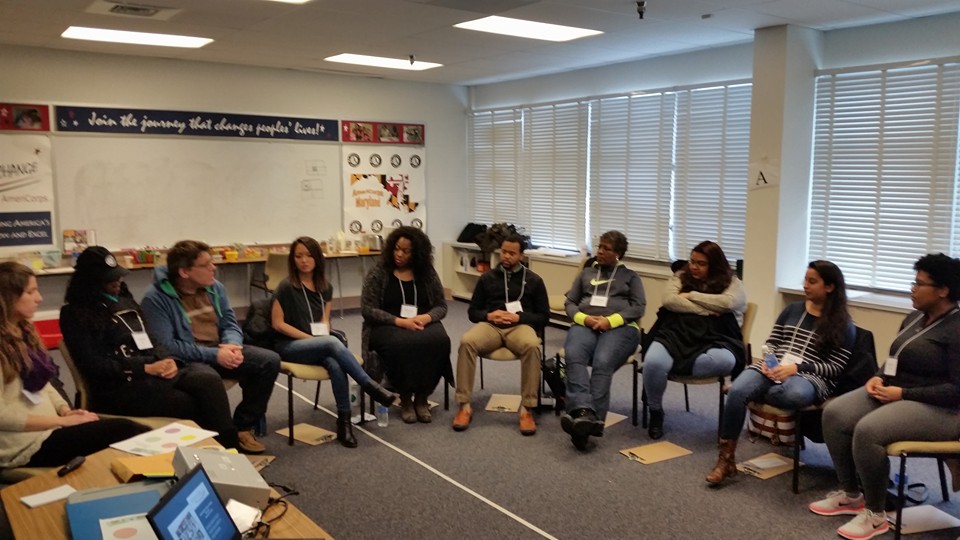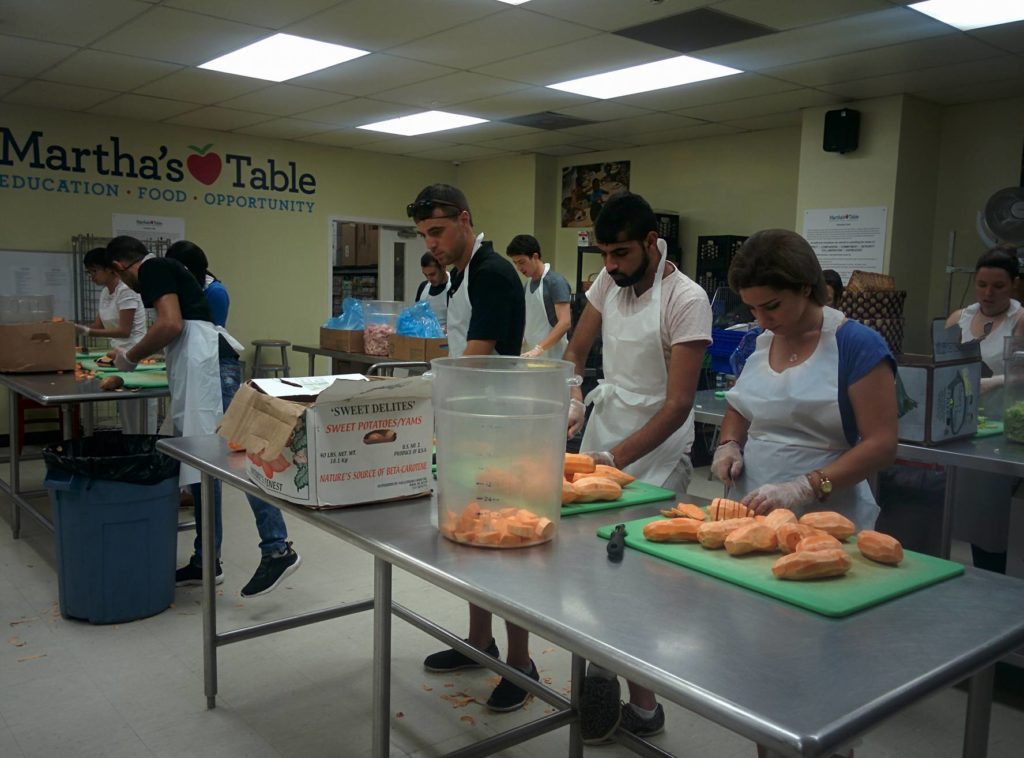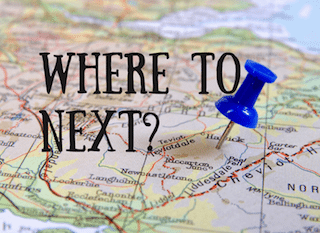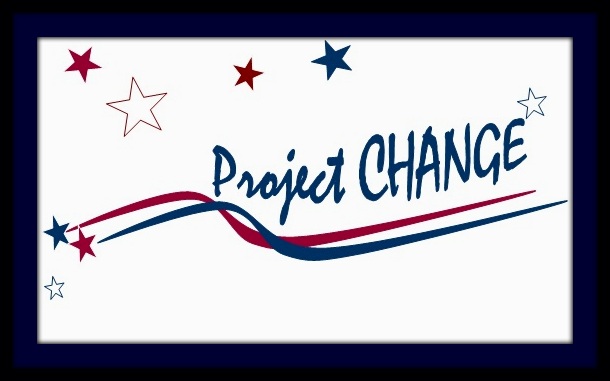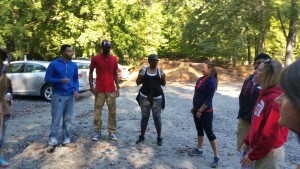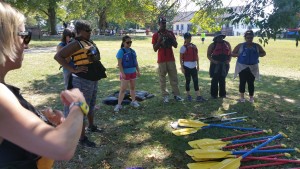
Innovation doesn’t require genius, luck, or magic–but it does require talking to the right people, being able to clearly articulate a vision, and putting the right partnerships in place.

I first read Peter Senge’s book, The Fifth Discipline: the Art and Practice of the Learning Organization, in the mid 1990s. At the time I was working on the fledgling team behind a new initiative at the World Bank called “knowledge management,” which would later help earn the organization recognition as one of the World’s Most Admired Knowledge Enterprises.
I had never heard of Senge and was impressed by his approach. I shared the book with my boss, who said to me, “Why read when we can talk to the author?” Within a couple of weeks we were in sitting in Senge’s office in Cambridge discussing our organization’s plans in detail. This is the first secret of great innovation leaders: Talk to the right people. In addition, to get innovation right, leaders must clearly articulate the way forward and build informal partnerships that generate synergy.
Secret #1. Talk to the Right People
Your most important asset is your mind. Your experience, expertise, and know-how governs your understanding of what is possible, the options you see, the strategy you formulate, and your assessments of the environment around you. To expand your vision, meet with other minds! Make it a habit to identify and visit the people who will provide you with fresh ideas, key learning, new tactics, and strong strategies.
My World Bank group’s ability to quickly meet and learn from Senge greatly accelerated our success. We experienced significant gains in the year ahead and received international recognition for our program. Part of our triumph was due to finding and meeting with the people who could draw us into substantive conversations that expanded our thinking, provided valuable insights, and uncovered solutions to problems we were facing.
Secret #2. Articulate the Way Forward
People rely on their leaders to craft a vision of the future that makes sense and can guide their everyday decisions. Most of the leaders I have met improvise this activity and many do it badly. And yet articulating a rousing vision of the future isn’t difficult. It can be your secret super-power, if you just master three tactics:
- Be explicit about your conclusions and how you came to them. Speak in terms people can understand and relate to. Do more than share judgment–provide insight to your reasoning.
- Give people the opportunity to ask questions. Encourage diverse points of view and different backgrounds. Let people react, inquire, challenge, and extract the information they need to satisfy their understanding. Then you will be in the best position to move forward together.
- Customize your message to your audience. Include something useful in their day-to-day work–utility helps information stick.
Communication is a crucial step toward coherent action. By clearly and repeatedly taking the time to spell out what you are trying to do you will build a base of informed actors to help you innovate.
Secret #3. Build Informal Partnerships that Generate Synergy
Leadership today is largely about identifying the partnerships that will lead to broad, powerful impact and growth. Let me be clear–I’m talking about supportive and symbiotic relationships here, not contractual business partnerships. There is a tremendous amount that can be done on the basis of mutual interest alone.
Too many leaders shy away from informal partnerships, fearing the vulnerability that comes with relationships. If you overcome that fear, you get the benefits. Here are tips to help you master the third secret of innovation leaders:
- Be clear about what you hope to get out of the partnership. Take the time to articulate the value to both parties that makes it worth pursuing.
- Share the goals of the partnership with others who have a stake in its success. Initiate informal conversations, over the phone, via email, or over coffee, with the clients, vendors, industry experts, investors, and others who can share their perspectives how to get the most out of your partnership. Then share what you learn with your partners.
- Take the lead in coordinating partnership activities. Be the one who identifies and handles important issues as they arise. Take responsibility for planning and facilitating joint events. Foster joint development. Provide regular assessment of the partnership that prove its value.
Make it your job to keep everyone happy with the results of your informal partnerships. You’ll reap the rewards together.
Math: 1+1+1 = A Lot
These three tasks required of innovative leaders–talking to the right people, articulating the way forward, and building informal partnerships–work together. The interaction of these contributions produces a total effect that is greater than the sum of the individual components. Together they ensure your leadership is well informed, a source of unambiguous guidance, and reinforced by powerful allies.
That’s a healthy platform for continuous innovation.
–Seth Kahan is a change specialist who has consulted with CEOs and senior managers at over 60 organizations including World Bank, Shell, Peace Corps, and 30+ associations. This is an excerpt from his forthcoming book, Getting Innovation Right: How Leaders Create Inflection Points that Drive Success in the Marketplace, to be published by Jossey-Bass in early 2013.
ABOUT THE AUTHOR
I help leaders with change, innovation, and growth. My latest book is “Getting Innovation Right.” My first book, “Getting Change Right,” was a business bestseller. home office: (301) 229-2221, USA – email: Seth@VisionaryLeadership.com






